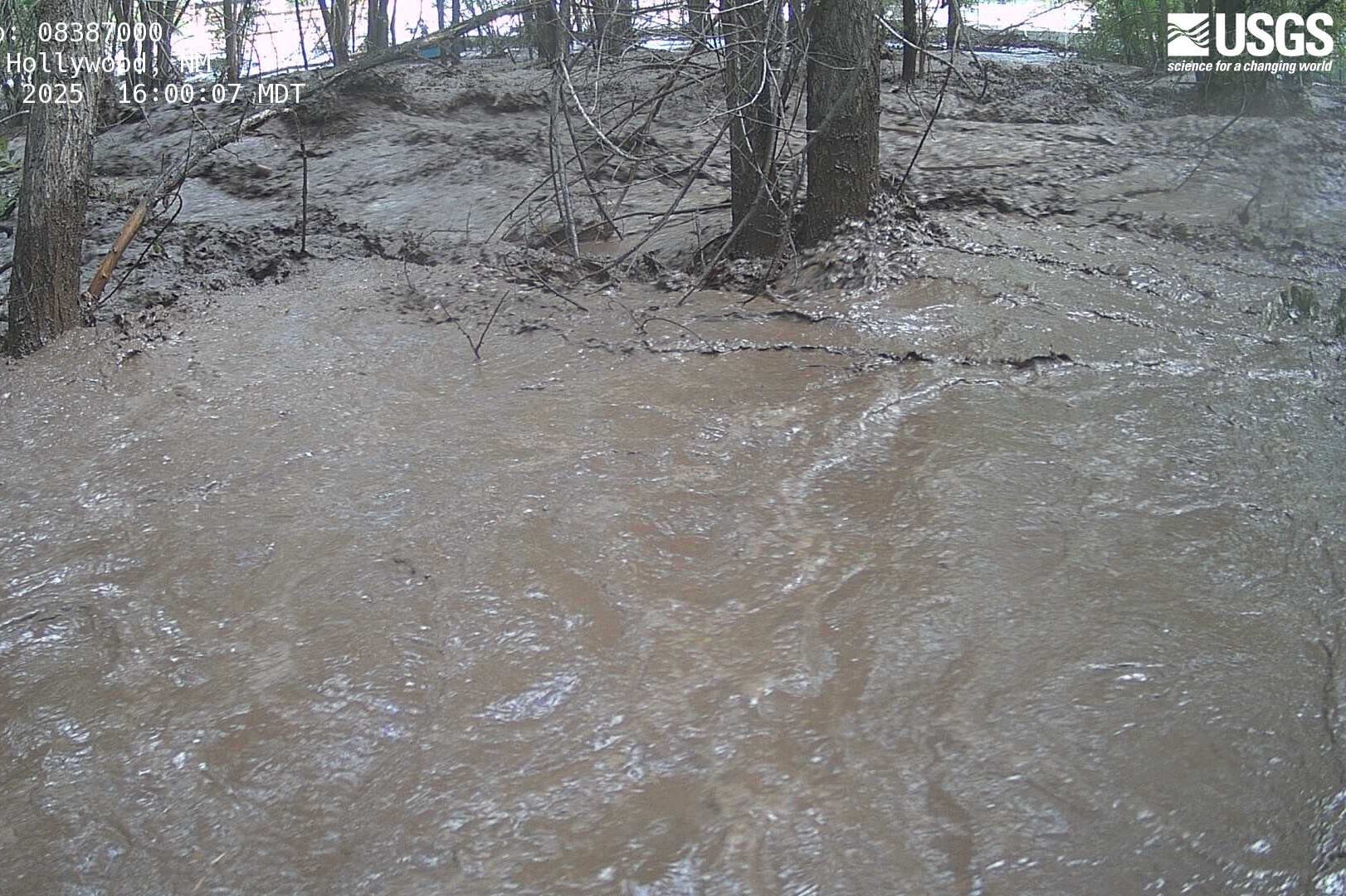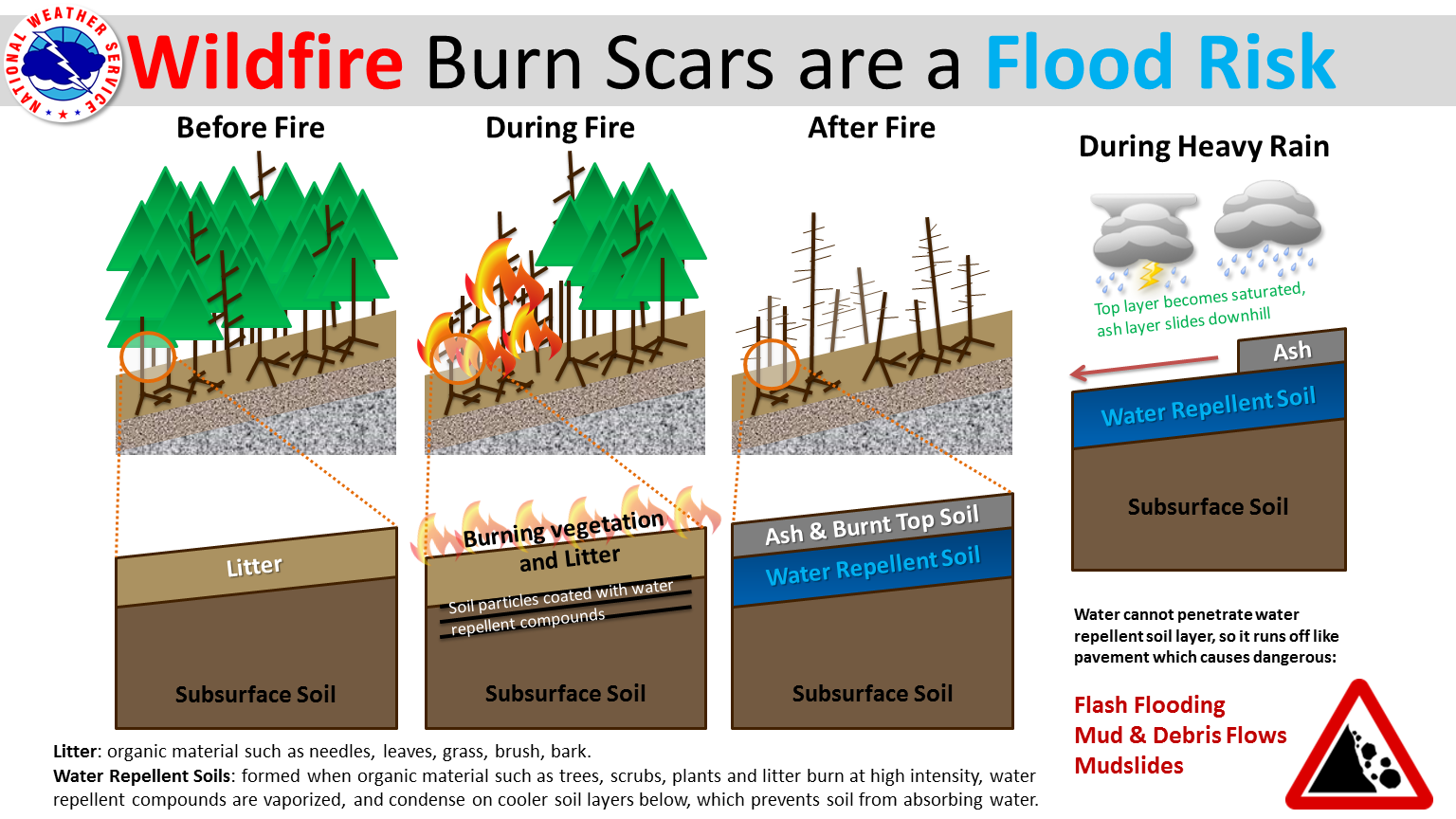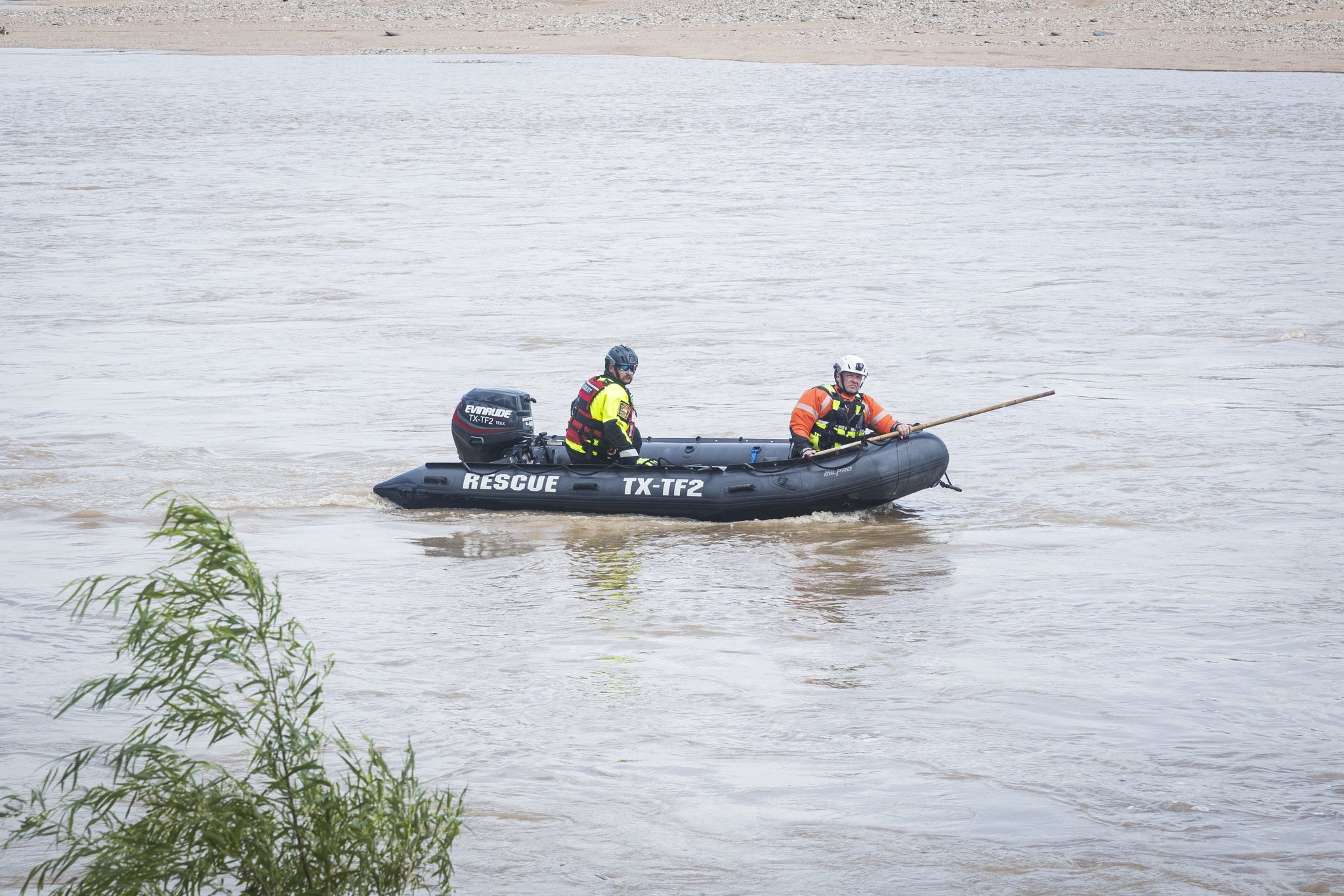Reducing flood risks by investing in mitigation and preparedness now

At CDP, tracking disasters while also supporting equitable recovery is core to our mission. Recently, there have been devastating floods in New Mexico, North Carolina and Texas, as well as around the world in Mexico, South Africa, the Democratic Republic of the Congo and Brazil. We are bearing witness to the heartbreak and sorrow as each news update provides unnecessary proof of the catastrophic consequences of flooding.
While we understand flooding to result from severe weather events, it is also important to consider how various events can create land conditions that increase the risk of flooding. By doing so, funders can help government and community partners plan and prepare for future disasters, which can save lives, lessen destruction and help survivors recover quicker and stronger.
Lingering impacts on future disasters from the past
Natural hazards leave different marks on the environment long after the disaster has passed. These conditions can exacerbate the impact of rain and flooding in affected areas for years to come.
For example, we have been monitoring Ruidoso, New Mexico, which just faced yet another flash flood, one of many since the community battled large and destructive fires last year. The South Fork and Salt Fires began in mid-June 2024 and by July 7 had burned 17,569 acres and 7,939 acres, respectively. They destroyed over 1,400 buildings, forced the evacuation of thousands of residents and tourists, and wreaked havoc in the Mescalero Apache tribal region. They also left massive burn scars in their wake.
Burn scars are areas of the landscape left after a fire where everything has burned away, leaving behind ash and dead vegetation. The land is black and brown, with the occasional, but rare, peek of new green plant life.

Typically, plants and trees help absorb rainwater and stabilize the soil; when they’re gone, water runs off quickly. Heat from a fire creates a crust on the soil, making it water repellent. And all the burnt vegetation and ash in the area are primed to become a debris flow. Rain doesn’t soak into the ground, creating a mix of mud, rocks, trees and ash. And in Ruidoso, it ran downhill at full speed. Ruidoso has had 12 flash flood emergencies since June 2024.
According to the National Weather Service, debris flows in a burn scar can start with just a bit of intense rain: half an inch in an hour. They can also begin before the radar detects the rain, meaning timely evacuation is impossible, so early warnings must be heeded.
Preparing for future disasters
As the climate gets warmer, we know there will be more severe weather events including hurricanes, wildfires and increased rainfall, which will also mean an increased number of floods. Funders can play an essential role in developing early warning systems, funding community activities to reduce wildfires, and helping build flood walls and adopting other flood prevention measures along the river. These are critical investments that can save lives.
Let’s not wait to see where the next flood strikes but rather mobilize now to support recovery and mitigate the next disaster.

